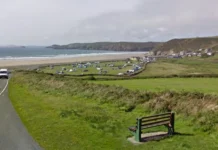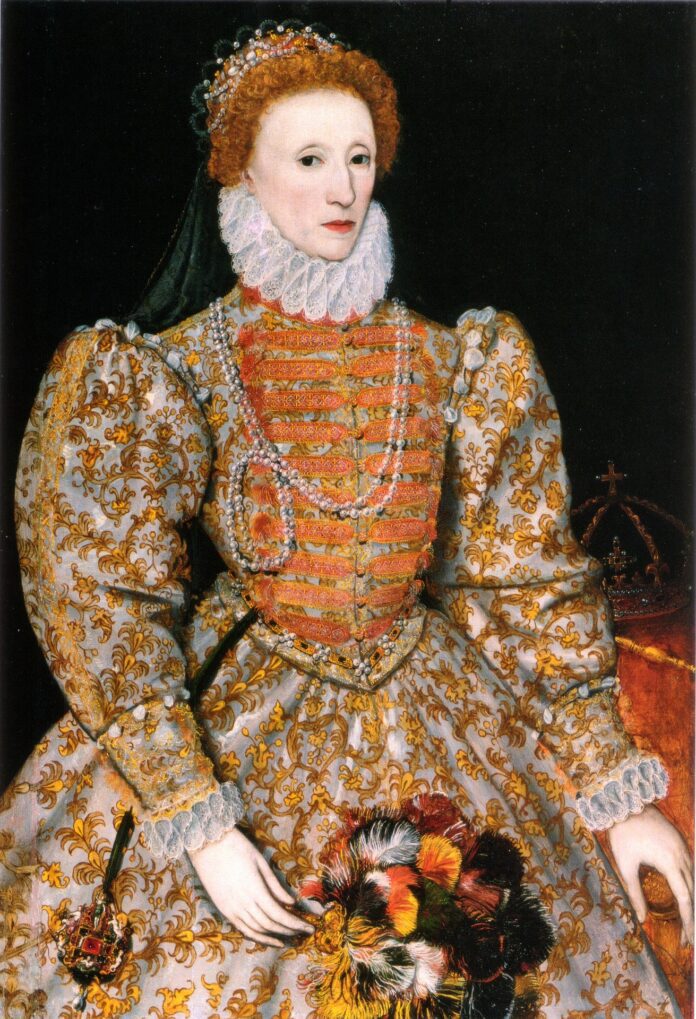A woman ruler who triumphed in a man’s world
It’s almost 500 years since the birth of one of our most famous monarchs, Elizabeth 1. Former primary school teacher Laura Steele of education resources experts PlanBee is here to help you brush up on your knowledge of her reign as we celebrate her birthday
On 7 September 488 years ago, in 1533, a baby girl was born to Anne Boleyn and King Henry VIII. She was named Elizabeth, and would eventually become Queen Elizabeth I, who many believe was one of the greatest monarchs of England. She reigned for 44 years, from 1558 to her death in 1603.
The girl her father didn’t want
• Her father, Henry VIII, had been fervently hoping for a boy and was bitterly disappointed when she was born. He did not even attend her christening. Her mother, Anne Boleyn, was executed by her father when Elizabeth was just three years old.
• Despite her chaotic early life, Elizabeth grew into an intelligent and clever young woman. She was extremely well educated, fluent in several languages including French, Italian and Latin. She also excelled at music, and was accomplished in mathematics and astronomy.
Imprisoned in the Tower
• In 1553, Mary Tudor, Elizabeth’s half-sister, and the daughter of Henry VIII and Catherine of Aragon, became Queen. At first the two sisters were on friendly terms, but then in 1554, Elizabeth was implicated in a plot to overthrow Mary. She was imprisoned in The Tower of London.
• Letters written by Elizabeth at the time show that she was truly terrified, and was convinced that she would be executed. She spent two months in the Tower. Eventually she was released and put under house arrest until 1555.
Ascending the throne
• When Queen Mary I died in 1558, the crown passed to Elizabeth. Her coronation took place on 15 January 1559. She came to the throne with a dilemma – she was committed to the Protestant faith that she was brought up in. However, a large part of the population were Catholic.
• Elizabeth republished the English translation of the Bible. She brought back the Church of England (which her father, Henry VIII had established) and made attendance at church compulsory. However, Elizabeth believed that Catholicism and Protestantism were both essentially part of the same faith, Christianity. She is known to have said, ‘There is only one Christ, Jesus, one faith…all else is a dispute over trifles.’ Elizabeth’s more lenient approach to religion helped to calm the unrest in England at the time.
Mary, Queen of Scots: a threat to the Crown?
• In 1568, Elizabeth’s cousin, Mary Queen of Scots, fled to England. Mary was a Catholic, but many of her nobles were Protestants, and they did not always support her decisions, so she came to England to seek help and support from her cousin.
• Elizabeth was told by her advisers to be wary of Mary – she was a strict Catholic, with a claim to the English throne, which some believed was actually stronger than Elizabeth’s. Mary was placed under house arrest and was effectively a prisoner for almost 20 years.
• In 1586, evidence was found that Mary was involved in a Catholic plot to overthrow Elizabeth and sentenced to death. However, Elizabeth was reluctant to sign her cousin’s death warrant. She put it off for four months before finally agreeing to the execution. The two women had never even met.
Under attack from the Spanish Armada
• During Elizabeth’s reign, England and Spain were rivals, and there was constant unrest between the two countries. King Phillip II of Spain was enraged when Mary, Queen of Scots was executed – he was also a Catholic and believed that Mary had a greater claim to the English throne than Elizabeth. This, amongst other reasons, led King Phillip to attempt an attack on England in 1558. A fleet of warships, called the Armada, were assembled, and set sail for England.
• Elizabeth rallied her troops and gave what is now considered to be one of her most famous speeches, which included the words: ‘I know I have the body of a weak, feeble woman; but I have the heart and stomach of a king’.
• After a disastrous fight at sea with the English fleet, the Spanish admitted defeat and attempted to sail home. However, they encountered severe storms and many of the ships were wrecked off the west coasts of Scotland and Ireland.
• Elizabeth was delighted by the defeat of the Spanish. She had the following sentence imprinted on medals to commemorate the victory: God blew and they were scattered.
The ‘Golden Age’
• Art and music flourished during Elizabeth’s reign. Theatre also became a very popular form of entertainment. Playwrights such as William Shakespeare found huge success in London.
• Due to improvements in navigation, the world could be more widely explored and more trade routes opened up. Sir Francis Drake became the first Englishman to circumnavigate the globe between 1577-1580.
• In 1601, the ‘Poor Law’ made every parish responsible for its own poor. Overseers were elected whose job it was to ensure the needs of the poor were met.
The end of the Elizabethan Era
• On 24 March 1603, Queen Elizabeth I, now aged 69, died. As she had no children, there was no direct heir. After a 44-year reign, both the Elizabethan era and the Tudor period came to an end. She was succeeded by Mary, Queen of Scots’ son, James VI of Scotland, who became King James I of England.
Download these FREE PlanBee resources for primary school-aged children:
Help keep news FREE for our readers
Supporting your local community newspaper/online news outlet is crucial now more than ever. If you believe in independent journalism, then consider making a valuable contribution by making a one-time or monthly donation. We operate in rural areas where providing unbiased news can be challenging. Read More About Supporting The West Wales Chronicle






















